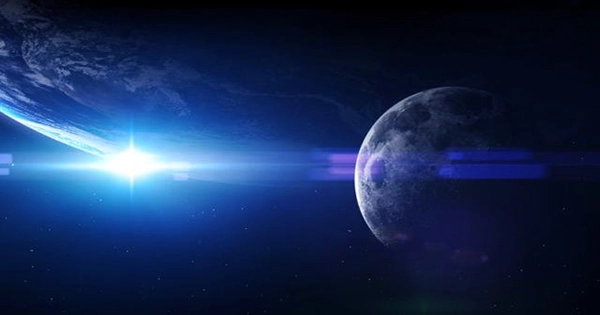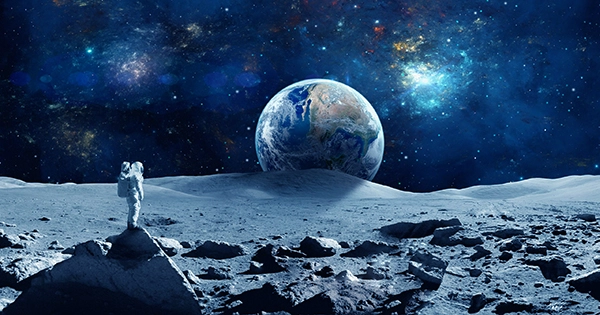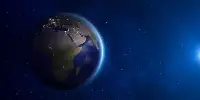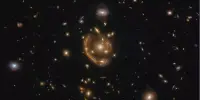Scientists have done the math on utilizing dust as a sunscreen in their desperate attempt to figure out how to prevent heating the planet. They discovered that it might just work, but only if the moon provided the dust.
Nearly as long as people have been aware of the risks that human activity’s effects on the climate pose, there has been talk of limiting sunlight to counteract those consequences. Most analyses have concluded that the concept is either unaffordable or likely to have harmful side effects.
In a recent publication, researchers give the hypothesis a novel twist by considering how the Earth’s thermal equilibrium might be impacted by a significant amount of dust around Lagrange Point 1 (L1).
L1 is a place where the gravitational fields of the Earth, Sun, and Moon are in equilibrium and things can stay there for a long time, similar to L2, where JWST is situated. Dust at L1 won’t last forever due to a number of flaws, although it might last for a few days.

Previous plans often called for installing some kind of artificial sunshade at L1, but research on other star systems has shown how effective dust can be as an astronomical darkening tool.
Unfortunately, even with the declining cost of rocket launches, it is still quite expensive to transmit the 10 million tonnes of dust per year needed to restrict sunlight by 1.8 percent. It would take the equivalent of 20,000 Saturn V launches, according to the writers. If only the dust came from somewhere else than the bottom of such a deep gravity well.
We have a lot, in fact. Asteroids may be effective, but they are rarely conveniently located near L1. On the other hand, the Moon is close by and, as the Apollo missions showed, quite dusty. In addition to having a substantially lower gravity, the lunar surface allows for launches without the requirement for bulky heat shields due to the absence of an atmosphere.
Conveniently, lunar dust typically has a diameter of roughly 0.2 micrometers. The authors found that this size offers the optimal compromise between shade for weight and staying power at the chosen spot.
“It is amazing to contemplate how moon dust – which took over four billion years to generate – might help slow the rise in the Earth’s temperature, a problem that took us less than 300 years to produce,” said Dr Scott Kenyon of the Harvard and Smithsonian Center for Astrophysics in a statement.
The authors have extensive experience with dusty astronomical conditions because their area of study is planet formation. They came to the realization that, according to Professor Ben Bromley of the University of Utah, “we could block out a lot of sunlight with a little amount of mass if we took a small amount of material and put it on a specific orbit between the Earth and the Sun and broke it up.”
There are a lot of ambiguities acknowledged in the paper. Solar wind and sunlight pressure have an impact on the dust in addition to gravity forces. It is impossible to determine with precision how long shading will last because the latter fluctuates in response to phenomena like coronal mass ejections.
It was challenging to keep the shield at L1 for long enough to cast a significant shadow. Although L1 is an unstable equilibrium point, this shouldn’t be a surprise, according to University of Utah undergraduate student Sameer Khan. “Our models had to be exceedingly accurate since even a small change in the sun-shield’s orbit can lead it to wander out of place quickly.”
The crew came to the conclusion that while a dust jet fired from the moon’s surface toward L1 would be effective, it wouldn’t last long enough to bring about an Ice Age a la Snowpiercer.
It would be expensive to construct a machine on the Moon that could dig up, sort, and launch the dust, but the force needed is much less than what would be needed from Earth. Furthermore, we wouldn’t need to destroy most of our partners because the amount of dust needed is comparable to that which is removed by some of the bigger mines on Earth.
The authors do not assert that they have solved what they refer to as the “existential problem.” We aren’t experts in climate change or the complex math required to transport mass from one location to another, according to Bromley. However, they do hope that by utilizing their abilities, they might persuade others to contribute knowledge to the conversation.
















